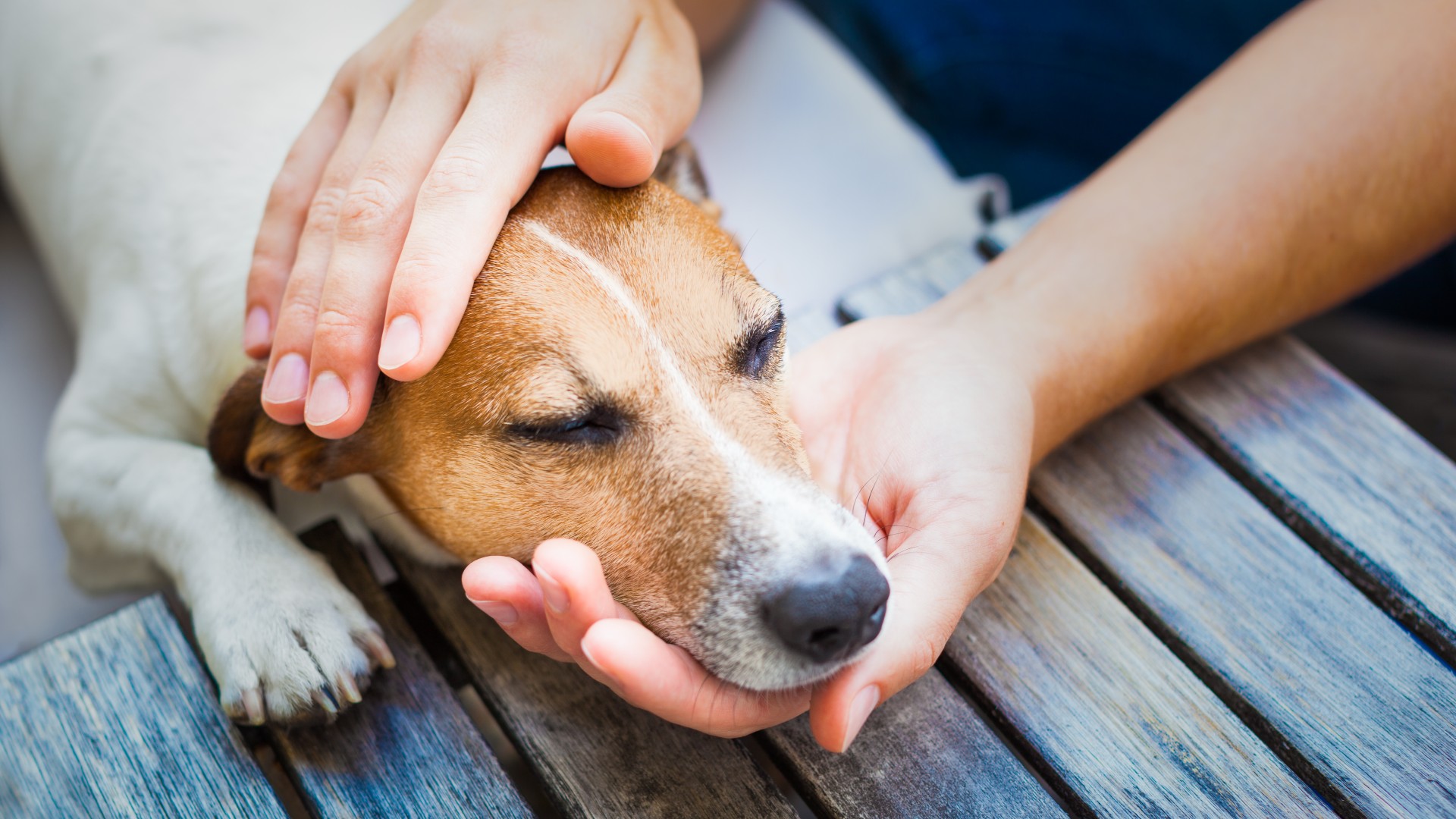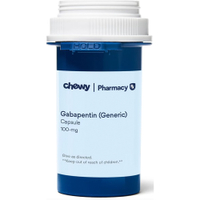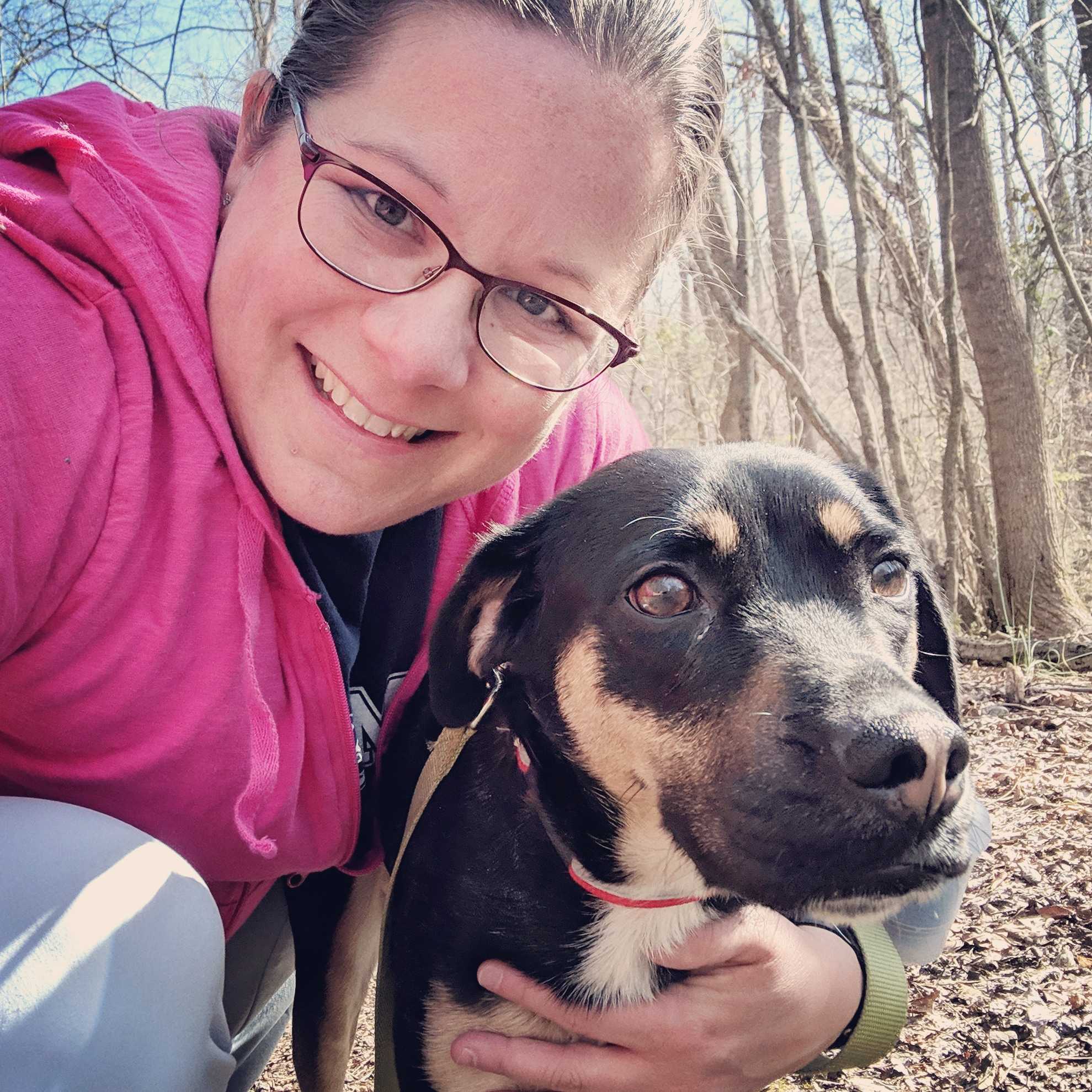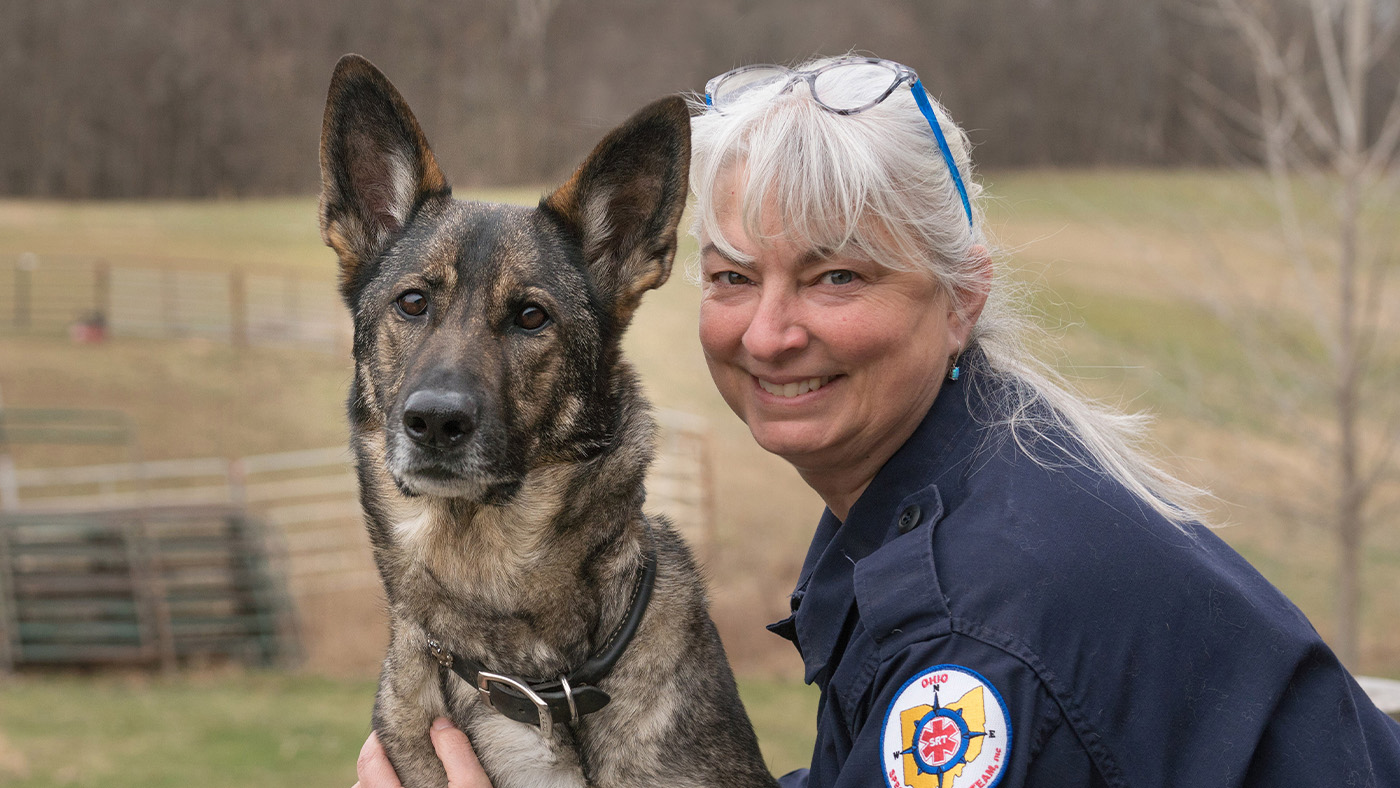A vet's guide to gabapentin for dogs: everything you need to know
Find out why veterinarians prescribe gabapentin for dogs, and everything you need to know about this medication

Gabapentin for dogs is commonly prescribed to combat a number of different conditions, including pain, seizures, and anxiety. Although its precise mechanism of action is poorly understood, it has a number of beneficial effects on the canine nervous system and carries a low risk of serious side effects.
Whether you're trying to figure out how to choose the best pain relief for dogs, or you're looking for something that can help relieve mild situational anxiety in your canine companion, it's worth discussing Gabapentin with your vet who will be able to advise you on whether this drug may be of benefit to your dog.
An affordable drug that may be made even more so through some of the best pet insurance policies, Gabapentin can be a practical and helpful medication when medically indicated. Below, Dr. Catherine Barnette outlines the various uses for Gabapentin and some of the common side effects to be aware of. Let's take a look...
Gabapentin for anxiety
Gabapentin is often used for the management of mild situational anxiety in dogs. For example, if your dog is terrified of veterinary visits, your veterinarian may prescribe a dose of gabapentin (given alone or in combination with another medication) to give before vet visits, to reduce anxiety. When used in this way, gabapentin can help “take the edge off” a dog’s situational anxiety.
Gabapentin is not typically used as an everyday medication or to treat severe anxiety. There are other drugs that are far more effective in that context. Gabapentin is only beneficial in some cases of mild situational anxiety.
Gabapentin (Generic) Capsules | Chewy
If you have a prescription, you can order your Gabapentin from Chewy. It’s available in 100mg, 300mg or 400mg, in packs of 30, 60 or 90 capsules.
Gabapentin for pain
Gabapentin can also be used as a pain medication for dogs, specifically in the case of chronic nerve-related pain. Your veterinarian might prescribe gabapentin if your dog has intervertebral disk disease, any other condition leading to compression of the nerves or spinal cord, or even in some cases of arthritis pain.
While controlled studies on the role of gabapentin in pain management are limited, many clients and vets have seen favorable results in their pets. Given the low risk of side effects associated with gabapentin, it’s reasonable to try in dogs with chronic pain that cannot be controlled with other medications.
Gabapentin dosage

How much gabapentin you should give varies significantly, based on your dog’s weight and the intended goal of the medication. A 10 pound dog may receive as little as 50 mg of gabapentin prior to a veterinary visit, while a 100 pound dog with severe pain may receive as much as 1000 mg of gabapentin every eight hours. Gabapentin is typically given every eight to twelve hours, with peak benefits occurring roughly two hours after dosing.
Your vet will prescribe an appropriate dose of gabapentin for your dog, depending on your dog’s weight and treatment goals. Veterinarians typically start with a lower dose, and then gradually increase the dose as needed. This helps maximize treatment benefits, while minimizing the risk of side effects. Contact your veterinarian if you feel that your dog’s dose is too high or too low. It may take several dosage adjustments to find the optimal dose of gabapentin for your dog.
Gabapentin may be given with or without food.
Side effects of gabapentin
The most common side effects of gabapentin are sedation and incoordination. These effects are usually short-lived. Your dog may appear slightly sedated for a few hours after their first dose, and then tolerate the drug well after that point. In some cases, these effects may last a few days, resolving as your dog gradually becomes acclimated to the medication.
If your dog experiences continued sedation or incoordination after several days of treatment, or if these effects are severe or otherwise concerning, contact your veterinarian. Your veterinarian can determine whether your dog needs a reduction in dosage or a change to a different medication.
The sedating effects of gabapentin may be more obvious if your dog takes other sedating drugs, such as antihistamines, mirtazapine, or narcotic pain medications. Talk to your veterinarian if you are concerned about potential drug interactions.
Gabapentin should be avoided during pregnancy.
How much does Gabapentin cost?
Many veterinary practices stock gabapentin in their practice pharmacy. Alternatively, you may receive a written prescription that you can have filled at a human or veterinary retail pharmacy. Be aware that gabapentin is considered a controlled drug in some states, which may limit your ability to order it through online pharmacies.
Because gabapentin is typically given in its generic form, the cost is quite low. Depending on your dog’s dose and where you purchase the medication, you can expect to pay anywhere from $10 to $50 per month for continuous daily gabapentin dosing. This cost may be even lower if you have pet insurance or a prescription plan that you can use for your pet. If your dog is going to be on gabapentin long term, you may want to familiarize yourself with pet insurance vs prescription plans. Also, while most pet insurance plans will not provide coverage for pre-existing conditions, if your dog has a medical condition that requires gabapentin treatment, look into whether the best pet insurance for pre-existing conditions may help you cope with the financial aspects of your pet’s treatment.
Gabapentin (Generic) Capsules | Chewy
If you have a prescription, you can order your Gabapentin from Chewy. It’s available in 100mg, 300mg or 400mg, in packs of 30, 60 or 90 capsules.
Vets use gabapentin in dogs to treat a number of conditions, including situational anxiety, chronic pain, and (less commonly) seizures or muscle tremors. This medication is very affordable and low in side effects, making it a low-risk option for many dogs. There is significant variation in gabapentin dosing requirements, depending on your dog’s size and medical condition, so you will need to work closely with your veterinarian to find the optimal gabapentin dose for your dog.
PetsRadar Newsletter
Get the best advice, tips and top tech for your beloved Pets
Dr. Barnette is a graduate of the University of Florida, where she received both her B.S. in Zoology and her Doctor of Veterinary Medicine (DVM). She has 15 years of clinical experience as a small animal veterinarian, treating dogs, cats, and occasional exotic patients. She now works as a freelance veterinary writer, creating educational content for veterinarians, veterinary team members, and dedicated pet owners. Dr. Barnette lives in southwest Florida with her husband and daughter (plus two cats, a dog, and a rescued dove!) and enjoys kayaking, biking, and hiking. Learn more about Dr. Barnette at www.linkedin.com/in/catherinebarnette.


